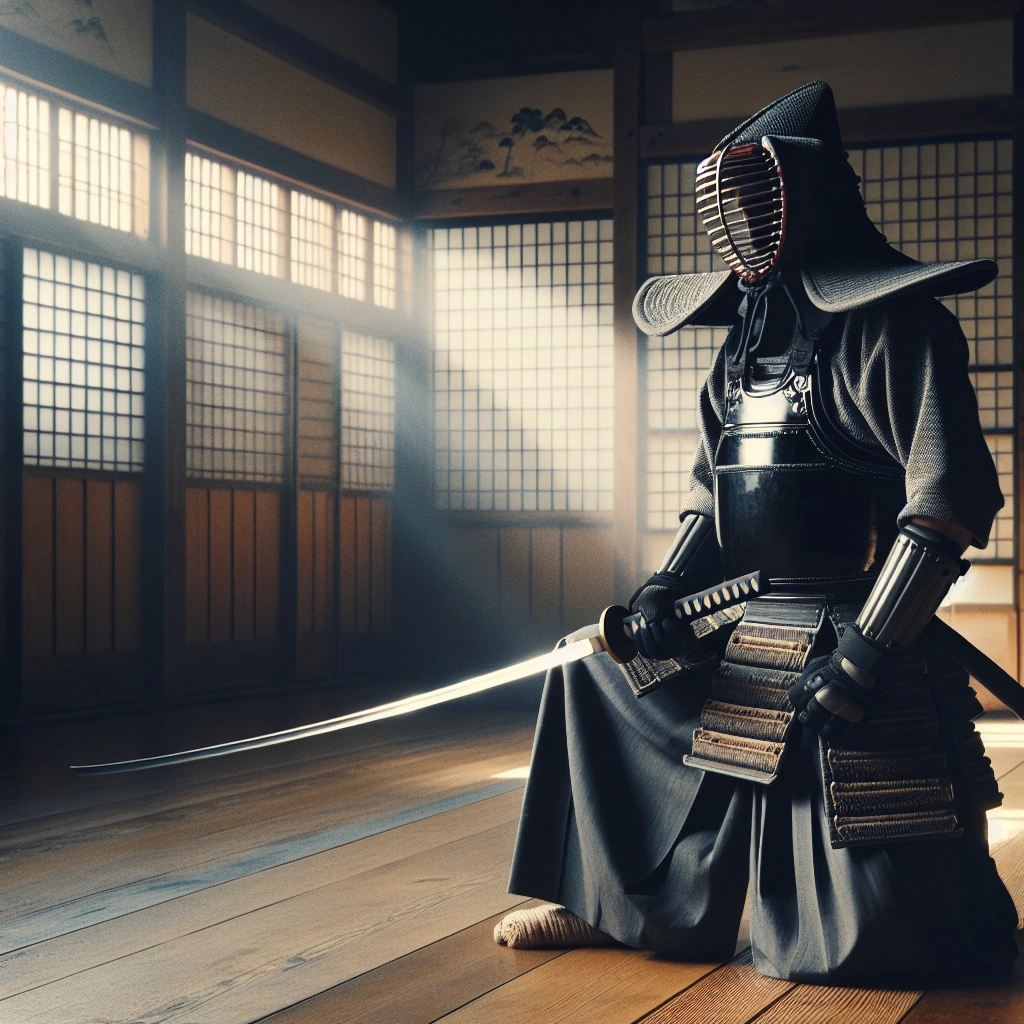
Introduction
Kendo, often referred to as “The Way of the Sword,” is a modern Japanese martial art rooted in traditional samurai swordsmanship. This dynamic and disciplined practice combines physical prowess with mental fortitude, creating a holistic approach to self-improvement and combat readiness. In this comprehensive guide, we will explore the intricacies of Kendo, from its historical origins to its contemporary applications, delving into the techniques, gear, and philosophical underpinnings that define this ancient art.
Historical Background
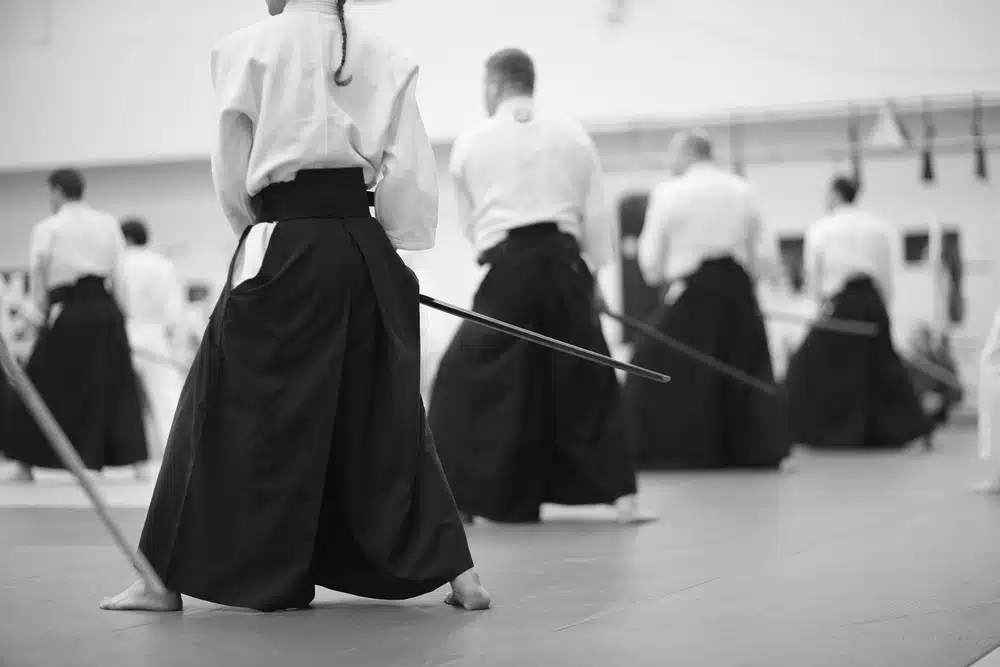
Origins of Kendo
Kendo evolved from Kenjutsu, the classical art of Japanese swordsmanship practiced by the samurai. During the Edo period (1603-1868), Kenjutsu schools flourished, each developing unique techniques and training methods. As Japan modernized in the late 19th century, Kenjutsu transformed into Kendo, incorporating elements that emphasized safety and educational value. The All Japan Kendo Federation, established in 1952, played a crucial role in standardizing Kendo practices and promoting it globally.
Evolution and Modernization
The modernization of Kendo involved the introduction of protective gear (bogu) and bamboo swords (shinai) to reduce the risk of injury during practice. This transition allowed practitioners to engage in full-contact sparring, honing their skills in a realistic yet controlled environment. Today, Kendo is practiced worldwide, with millions of enthusiasts dedicated to mastering this art.
Techniques and Training
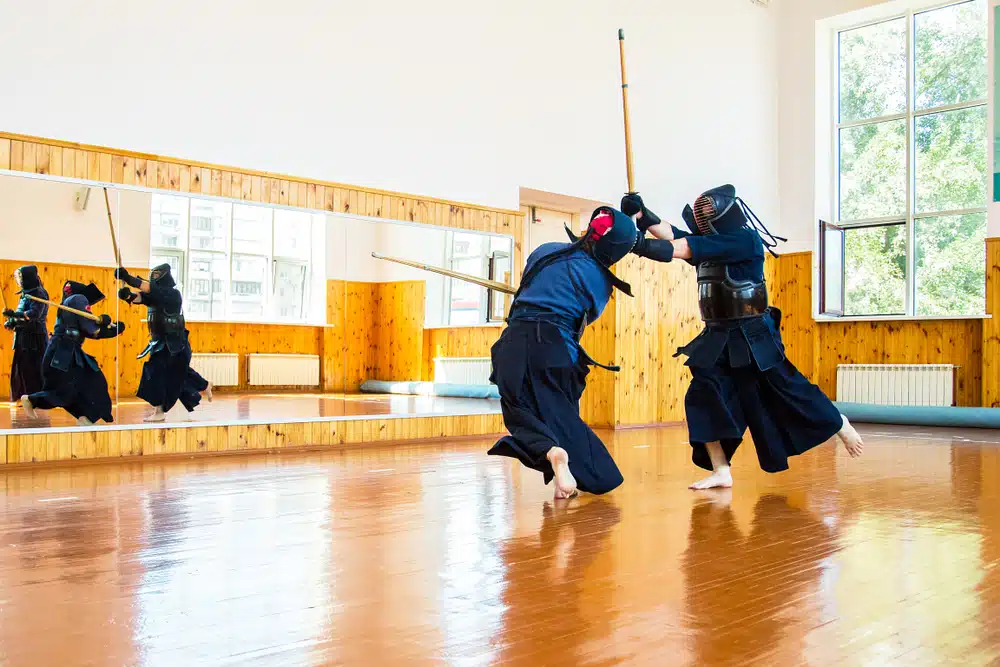
Fundamental Techniques
Kendo techniques are divided into strikes (uchi), thrusts (tsuki), and defensive maneuvers. The primary strikes target specific areas: men (head), kote (wrist), do (torso), and tsuki (throat). Each strike is executed with precision and speed, emphasizing proper form and spirit (kiai).
Kata and Sparring
Kata (pre-arranged forms) play a vital role in Kendo training, preserving traditional techniques and teaching principles of timing, distance, and strategy. Sparring, known as keiko, allows practitioners to apply their skills in dynamic, unpredictable scenarios. Through keiko, kendoka (Kendo practitioners) develop reflexes, adaptability, and resilience.
Equipment and Gear
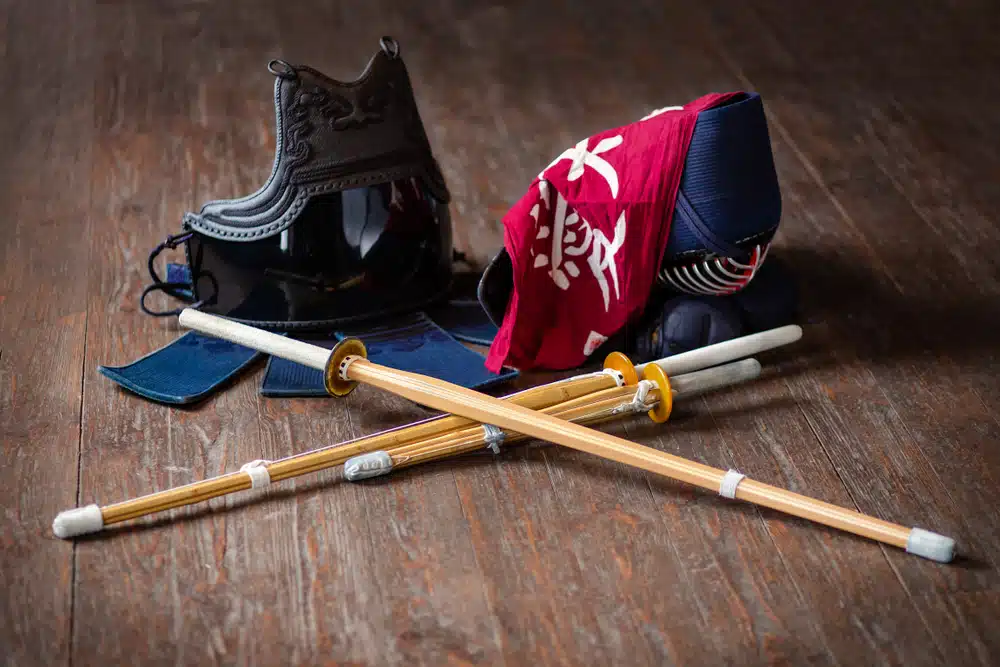
Kendo practitioners wear a traditional uniform (keikogi and hakama) along with protective armor (bogu). The bogu consists of a helmet (men), gloves (kote), chest protector (do), and hip guards (tare). The shinai, a bamboo sword, is used for striking, while the bokken, a wooden sword, is utilized in kata practice.
Philosophical Foundations
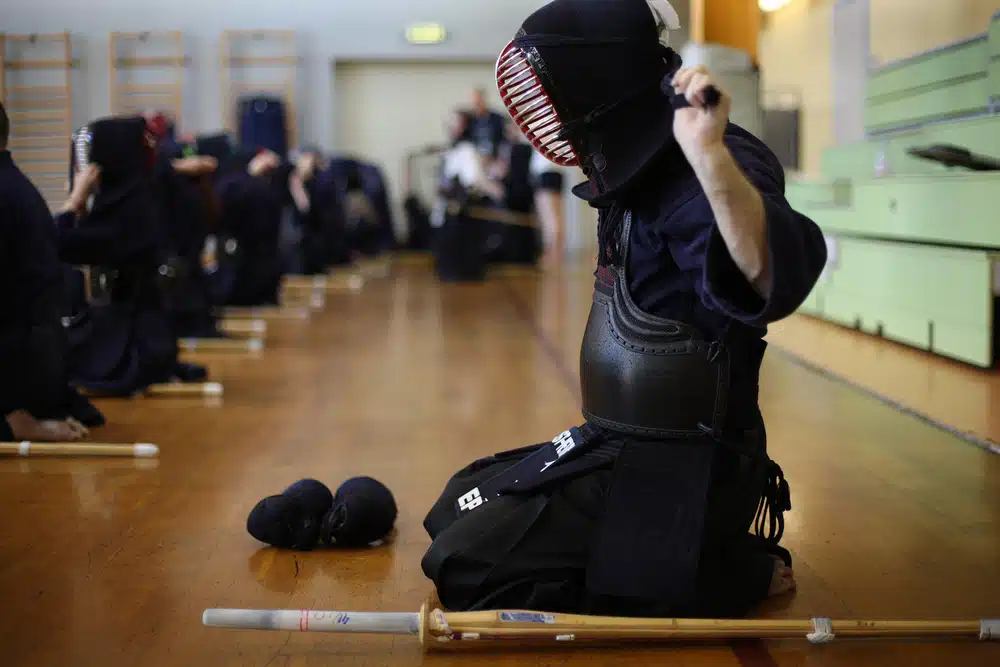
The Concept of “Kendo”
Kendo is more than a physical discipline; it is a way of life. The philosophical foundations of Kendo emphasize self-discipline, respect, and continuous self-improvement. The ultimate goal is not merely to defeat an opponent but to overcome one’s own limitations and achieve a harmonious balance between body and mind.
Reigi (Etiquette) and Kendo
Etiquette, or reigi, is integral to Kendo practice. From bowing (rei) before and after practice to maintaining a respectful attitude towards opponents and instructors, reigi instills a sense of humility and courtesy. This focus on etiquette reflects the deeper values of Kendo, fostering a culture of mutual respect and personal growth.
Benefits of Practicing Kendo
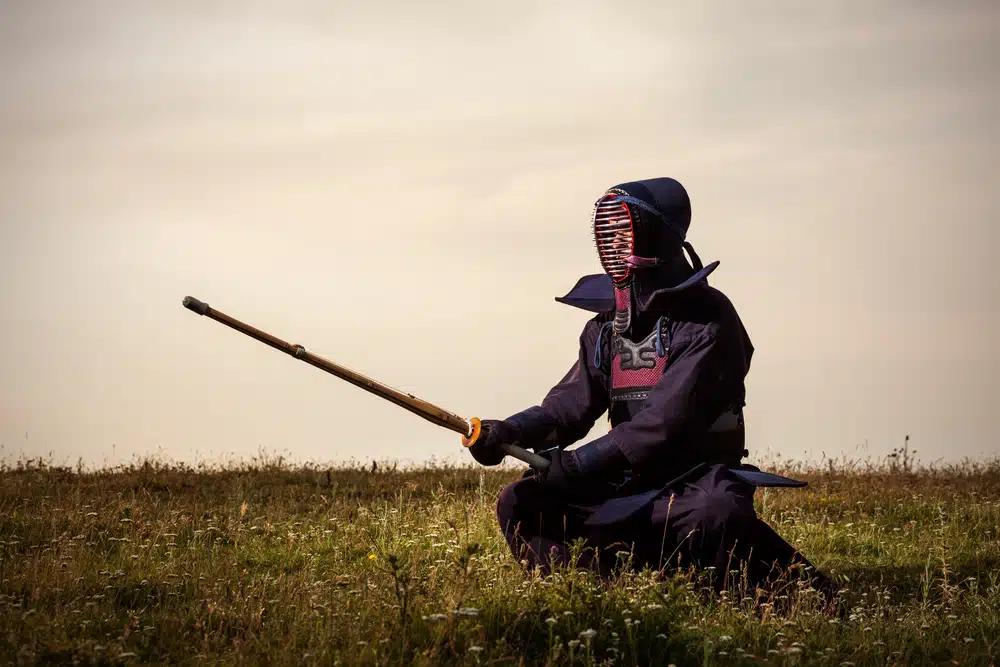
Physical Benefits
Kendo offers a rigorous workout, enhancing cardiovascular health, strength, and endurance. The fast-paced nature of Kendo training improves agility, reflexes, and overall physical fitness. Regular practice also promotes better posture and coordination.
Mental and Emotional Benefits
Kendo sharpens the mind, requiring concentration, strategic thinking, and quick decision-making. The discipline and perseverance cultivated through Kendo practice help reduce stress and build resilience. Additionally, the supportive community and shared experiences foster camaraderie and a sense of belonging.
Life Skills and Personal Growth
The principles of Kendo extend beyond the dojo (training hall). Practitioners often find that the lessons learned through Kendo—such as patience, determination, and self-control—translate into various aspects of their personal and professional lives. Kendo encourages a lifelong commitment to self-improvement and integrity.
Kendo in Modern Society
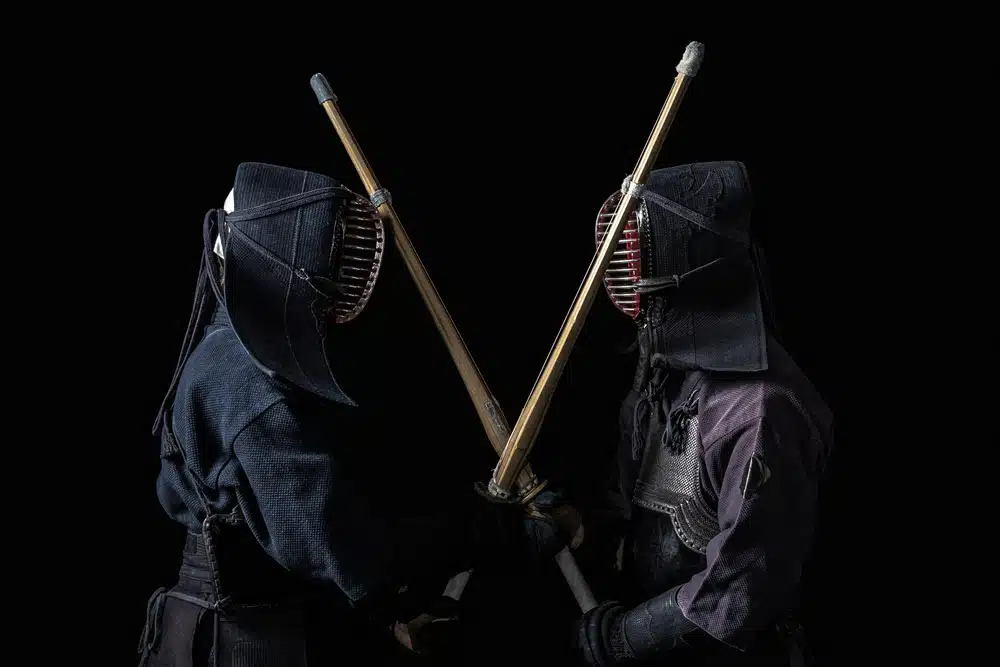
Global Reach and Popularity
Kendo has transcended its Japanese origins, gaining popularity worldwide. International competitions, seminars, and cultural exchanges have contributed to the growth of Kendo communities across Asia, Europe, the Americas, and beyond. Organizations like the International Kendo Federation (FIK) work to promote and standardize Kendo practices globally.
Kendo and Education
Kendo is often incorporated into educational programs in Japan and other countries, teaching students valuable life skills alongside physical education. The emphasis on discipline, respect, and perseverance aligns with educational goals, making Kendo a valuable addition to school curricula.
Kendo and Technology
The integration of technology into Kendo training has opened new avenues for improvement. Video analysis, online resources, and virtual training sessions enable practitioners to refine their techniques and connect with the global Kendo community. These advancements enhance the traditional aspects of Kendo, making it more accessible and adaptable to modern lifestyles.
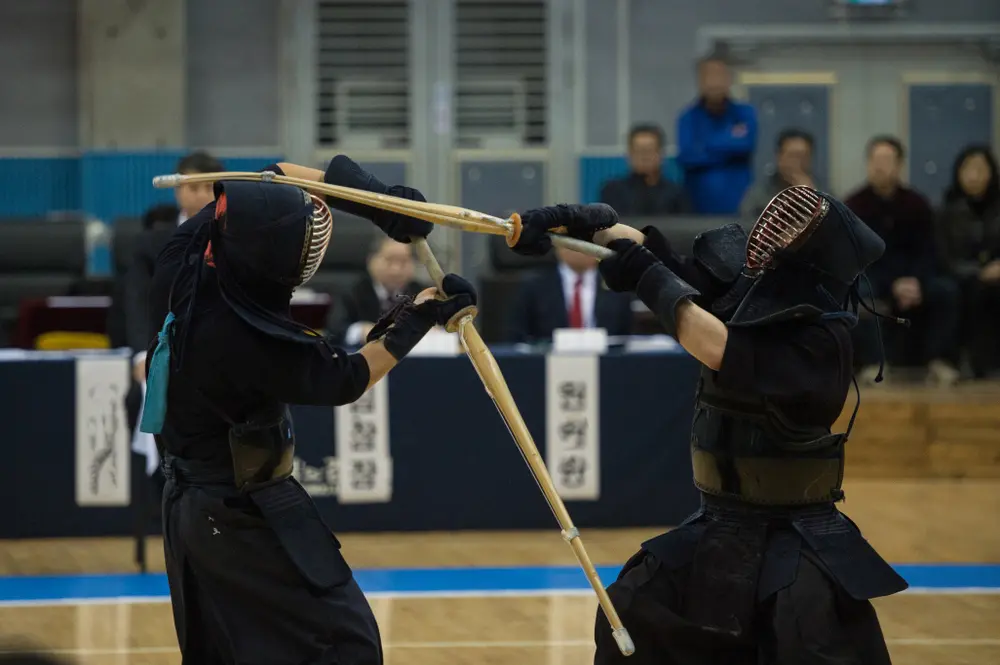
Frequently Asked Questions (FAQs)
What is the primary objective of Kendo?
The primary objective of Kendo is to develop the mind and body through disciplined training, ultimately achieving a harmonious balance and self-mastery. It is not solely about defeating opponents but about continuous self-improvement and embodying the principles of respect, integrity, and perseverance.
How long does it take to become proficient in Kendo?
The journey to proficiency in Kendo varies for each individual. Consistent practice, dedication, and guidance from experienced instructors are key factors. Typically, it takes several years of regular training to attain a high level of skill and understanding in Kendo.
Can anyone practice Kendo, regardless of age or fitness level?
Yes, Kendo is accessible to individuals of all ages and fitness levels. While physical fitness can enhance performance, Kendo training can be adapted to accommodate various abilities. Beginners are encouraged to start at their own pace and gradually build their skills and endurance.
What are the essential qualities of a good Kendo practitioner?
A good Kendo practitioner embodies qualities such as humility, respect, perseverance, and a willingness to learn. Commitment to regular practice, maintaining a positive attitude, and striving for continuous improvement are essential traits for success in Kendo.
How does Kendo differ from other martial arts?
Kendo is distinct from other martial arts due to its focus on swordsmanship and the use of specific equipment like the shinai and bogu. Its emphasis on mental discipline, etiquette, and philosophical principles also sets it apart. While other martial arts may prioritize hand-to-hand combat or different weapon systems, Kendo remains dedicated to the art of the sword.
Brooklyn Dojo Studio
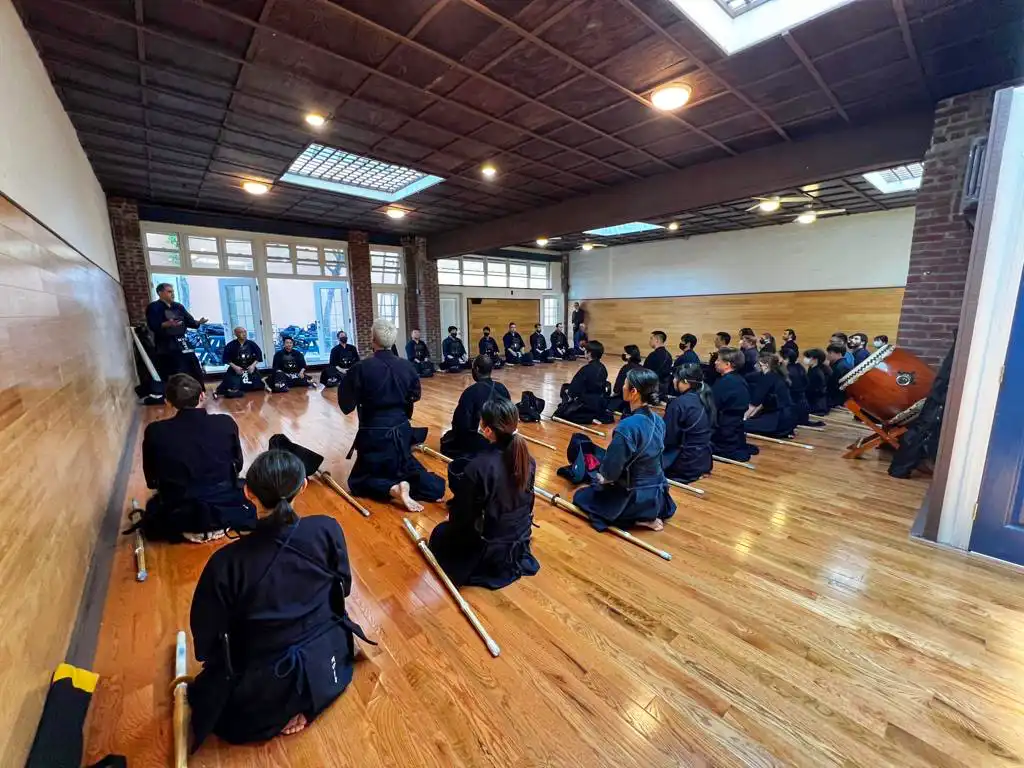
Located in the heart of Brooklyn, the Brooklyn Dojo Studio offers an excellent venue for Kendo classes and events. Whether you are a Kendo master or a beginner, this studio provides rental space to accommodate your needs. The studio is well-equipped and provides a conducive environment for intensive training sessions and Kendo events. For more details, visit our Kendo page.
Conclusion
Kendo, the ancient art of Japanese swordsmanship, offers a unique blend of physical training, mental discipline, and philosophical exploration. Its rich history and deep-rooted traditions continue to inspire practitioners worldwide. By embracing the principles of Kendo, individuals can cultivate a path of self-discovery, resilience, and lifelong learning. Whether you are drawn to the physical challenges, the mental clarity, or the profound philosophy, Kendo provides a transformative journey that transcends the boundaries of martial arts.